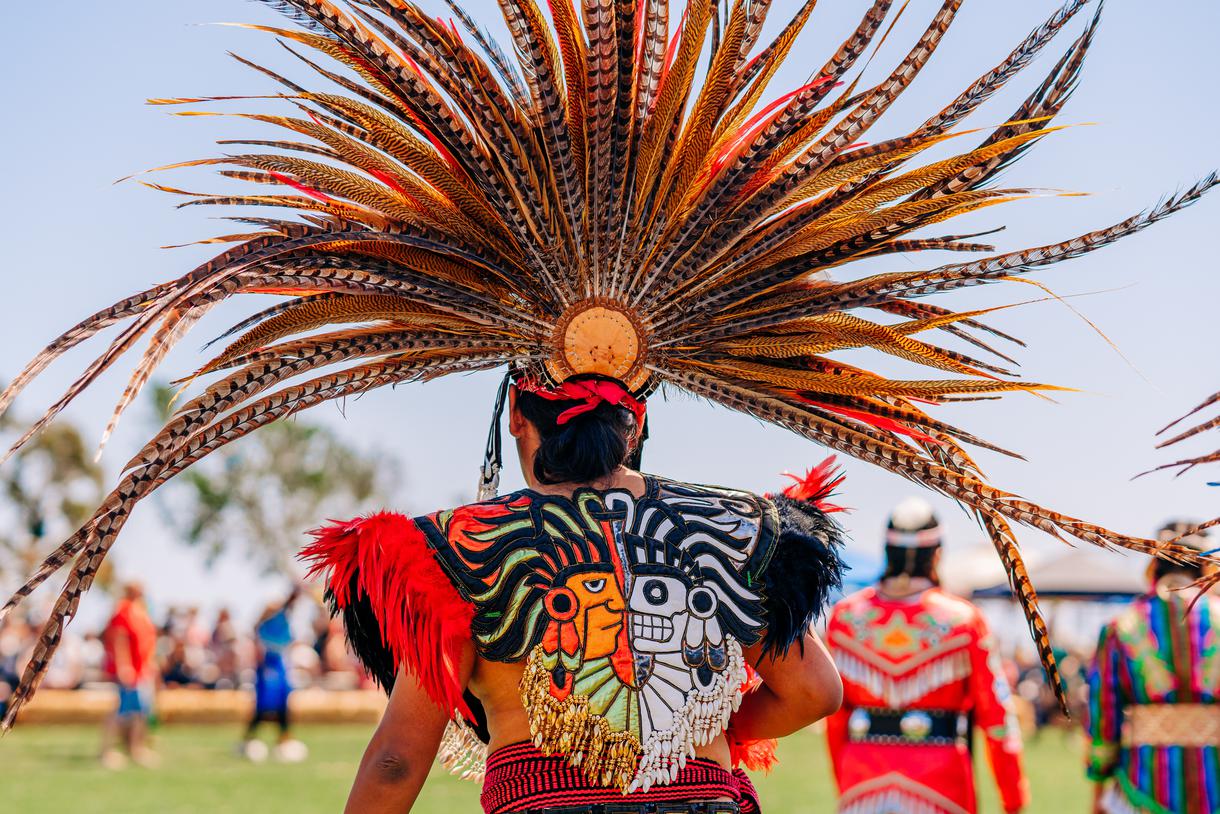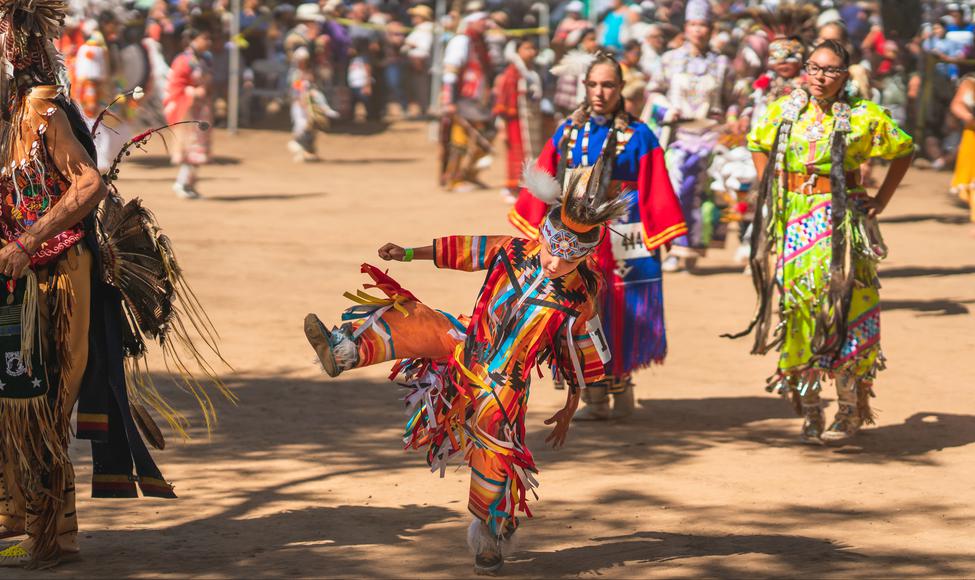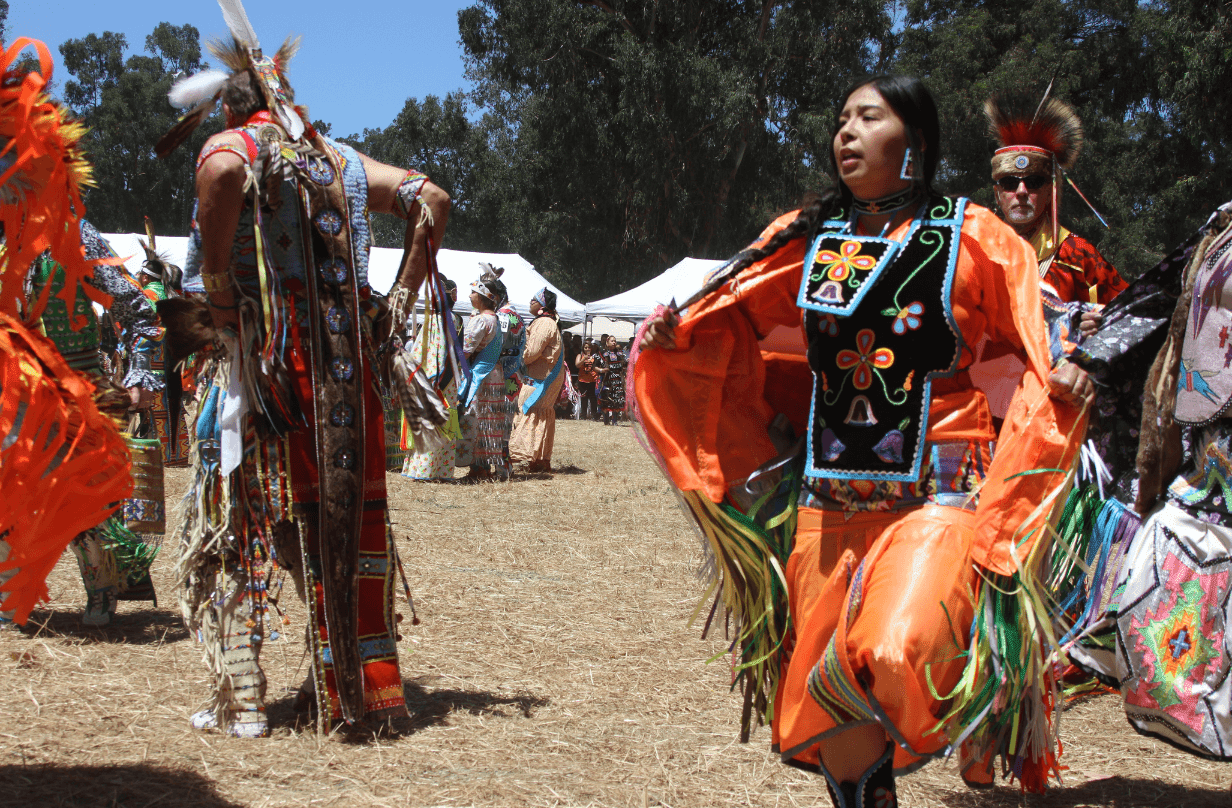California’s Indigenous Tapestry: A Journey Through Diverse Tribes and Rich Heritage
California’s Indigenous Tapestry: A Journey Through Diverse Tribes and Rich Heritage

California, known for its sunshine, beaches, and technological prowess, is also a land steeped in the rich history and culture of its indigenous peoples. For millennia, Native American tribes have called this land home, shaping the landscape and leaving an indelible mark on its identity. This article delves into the diverse tapestry of California’s indigenous tribes, exploring their unique languages, traditions, and the challenges they face today.
A Land of Diverse Tribes:
Related Articles: California’s Indigenous Tapestry: A Journey Through Diverse Tribes and Rich Heritage
- Unveiling the Mystical White Elk Symbolism: Find True Magic
- Unveiling the Enchanting Mysteries: Life in a Pueblo
- Meet South Africa’s Elite Tribe of Scholars
- Discover the Enigmatic Coahuiltecan: Native Indians of Southwest USA!
- Unconquered Warriors: Unveiling the Strength of the Most Powerful Native American Nation
California boasts the highest concentration of Native American tribes in the United States, with over 100 federally recognized tribes and numerous others seeking recognition. This diversity is reflected in the languages spoken, the cultural practices, and the geographical territories inhabited by these tribes.
The Coastal Tribes:
The coastal regions of California were home to tribes like the Chumash, the Yurok, and the Karuk. These tribes relied heavily on the bounty of the Pacific Ocean, developing intricate fishing techniques and navigating the waters with expert knowledge. Their cultures were deeply intertwined with the ocean, with stories, songs, and dances reflecting their connection to the sea. The Chumash, for example, were renowned for their elaborate canoes and their knowledge of marine life.
The Inland Tribes:
The interior of California was inhabited by tribes like the Miwok, the Pomo, and the Maidu. These tribes thrived in the diverse ecosystems of the Sierra Nevada mountains, the Central Valley, and the deserts. Their cultures were shaped by the availability of resources, with hunting, gathering, and agriculture playing vital roles in their livelihoods. The Miwok, for instance, were skilled basket weavers and hunters, while the Pomo were renowned for their intricate beadwork and their knowledge of medicinal plants.
The Desert Tribes:
The arid landscapes of southeastern California were home to tribes like the Cahuilla, the Chemehuevi, and the Mojave. These tribes adapted to the harsh desert environment, developing unique survival strategies and a deep understanding of the desert’s resources. The Cahuilla, for example, were known for their elaborate water management systems and their knowledge of desert plants.
A Shared Heritage:

Despite their geographical and cultural differences, California’s Native American tribes share a common heritage, rooted in a deep spiritual connection to the land and a reverence for nature. Their traditions, stories, and art forms reflect a deep understanding of the natural world and its cycles.
The Impact of Colonization:
The arrival of European colonists in the 16th century brought about a dramatic shift in the lives of California’s Native American tribes. The introduction of diseases, displacement from ancestral lands, and the forced assimilation policies of the US government had a devastating impact on their populations and cultures.
The Fight for Recognition and Self-Determination:
In the 20th century, Native American tribes in California began to fight for recognition of their rights and the preservation of their cultures. The Indian Reorganization Act of 1934, the American Indian Religious Freedom Act of 1978, and the Native American Graves Protection and Repatriation Act of 1990 were landmark legislation that provided some protection for tribal sovereignty and cultural heritage.

The Challenges of Today:
Despite these legal gains, California’s Native American tribes continue to face challenges in the 21st century. Issues such as poverty, lack of access to healthcare and education, and the loss of traditional lands remain significant concerns.
Preserving Culture and Traditions:
Despite the challenges, Native American tribes in California are working to preserve their cultures and traditions for future generations. Tribal governments are actively involved in language revitalization programs, cultural education initiatives, and the development of economic opportunities for their communities.
The Importance of Understanding:

Understanding the history and culture of California’s Native American tribes is crucial for appreciating the state’s diverse heritage. Recognizing their contributions to the state’s economy, environment, and cultural landscape is essential for building a more inclusive and equitable society.
The Future of California’s Native American Tribes:
The future of California’s Native American tribes is tied to their ability to preserve their cultures and traditions while advocating for their rights and self-determination. By supporting their efforts to revitalize their languages, protect their sacred sites, and promote economic development, we can contribute to a brighter future for these resilient and vibrant communities.
FAQs about Native American Tribes in California:
1. What are some of the most well-known Native American tribes in California?
Some of the most well-known tribes include the Chumash, Yurok, Karuk, Miwok, Pomo, Maidu, Cahuilla, Chemehuevi, and Mojave.
2. How many Native American tribes are there in California?
There are over 100 federally recognized tribes in California, with numerous others seeking recognition.
3. What are some of the traditional cultural practices of California’s Native American tribes?
Traditional practices include storytelling, dance, music, basket weaving, beadwork, hunting, fishing, and gathering.
4. What are some of the challenges faced by Native American tribes in California today?
Challenges include poverty, lack of access to healthcare and education, and the loss of traditional lands.
5. How can I learn more about California’s Native American tribes?
You can visit tribal museums, attend cultural events, read books and articles, and support organizations that work to preserve Native American culture and heritage.
6. What are some ways I can support California’s Native American tribes?
You can support tribal businesses, donate to organizations that work with Native American communities, and advocate for policies that protect their rights and self-determination.
This article provides a glimpse into the rich and diverse tapestry of California’s Native American tribes. By understanding their history, culture, and the challenges they face, we can contribute to a more inclusive and equitable society that honors their contributions and ensures their continued resilience.

Closure
Thus, we hope this article has provided valuable insights into California’s Indigenous Tapestry: A Journey Through Diverse Tribes and Rich Heritage. We appreciate your attention to our article. See you in our next article!


